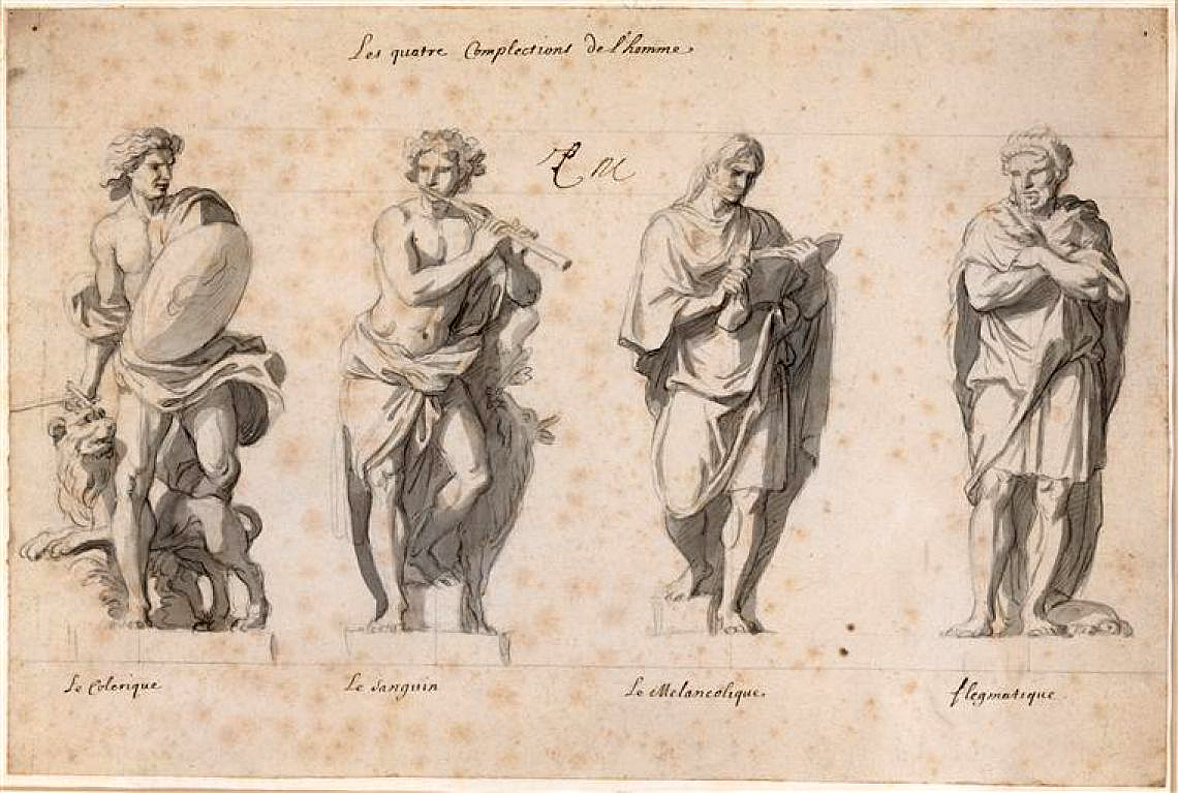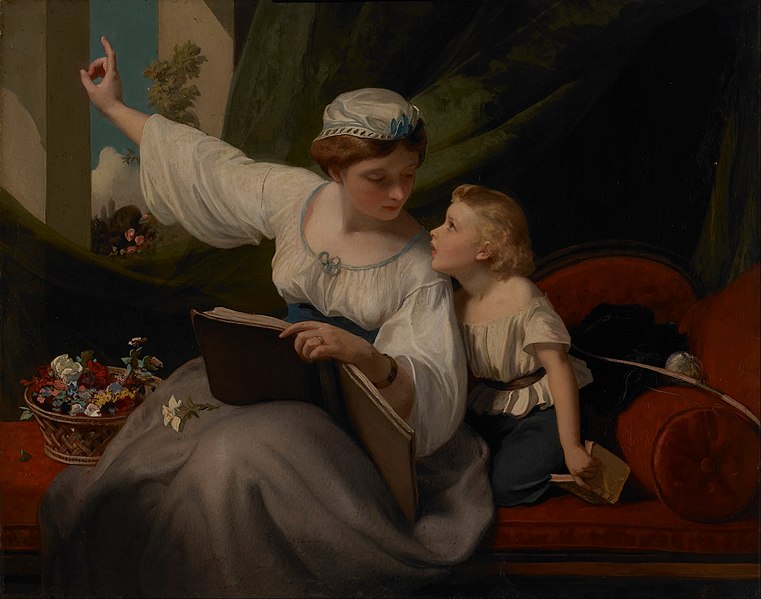 One thing that I LOVE about blogging is the community that it forms and the amazing resources that it provides! It is so easy to get almost intimidated when you enter the world of Catholic blogs or Pinterest, but the great thing that I have learned is that everyone is different and we do not need to do things the way other people do things. More than that, we may not even called to do those things! We are called to live our vocations to the best of our ability, and to do for our families what is best for their individual needs. Keeping that in mind I try to use this community to praise others for the amazing, inspiring things that they are doing, support them during times of need and take little pieces here and there that I can apply to my life and vocations.
One thing that I LOVE about blogging is the community that it forms and the amazing resources that it provides! It is so easy to get almost intimidated when you enter the world of Catholic blogs or Pinterest, but the great thing that I have learned is that everyone is different and we do not need to do things the way other people do things. More than that, we may not even called to do those things! We are called to live our vocations to the best of our ability, and to do for our families what is best for their individual needs. Keeping that in mind I try to use this community to praise others for the amazing, inspiring things that they are doing, support them during times of need and take little pieces here and there that I can apply to my life and vocations.
A favorite blogger of mine has always been Kendra Tierney from Catholic All Year! She is a Catholic homeschooling momma of 7 children (soon to be 8) who in the most down to earth, realistic way talks about how they live their life and live the liturgical year. One thing that she recently talked about was creating Liturgical Playdates, calling it Liturgical Living for Beginners (Yup, that’s Me!!) If you know me in real life you would know that I am not much of the hostess, and I am really good at the basics. Either way, I decided to give it a go and throw a St Patrick’s Feast Day Liturgical Playdate. I invited 3 other homeschool moms who are dear friends of mine and with their children and mine there was a total of 11 children for a morning of fun and learning.
Head on over to Children of the Church Blog to see what we did!









 Instructions for Parents I recommend that you meditate on Luke 17:11-19 in your own prayer time before presenting it to your kids. If you’re not sure how to do this, look at
Instructions for Parents I recommend that you meditate on Luke 17:11-19 in your own prayer time before presenting it to your kids. If you’re not sure how to do this, look at